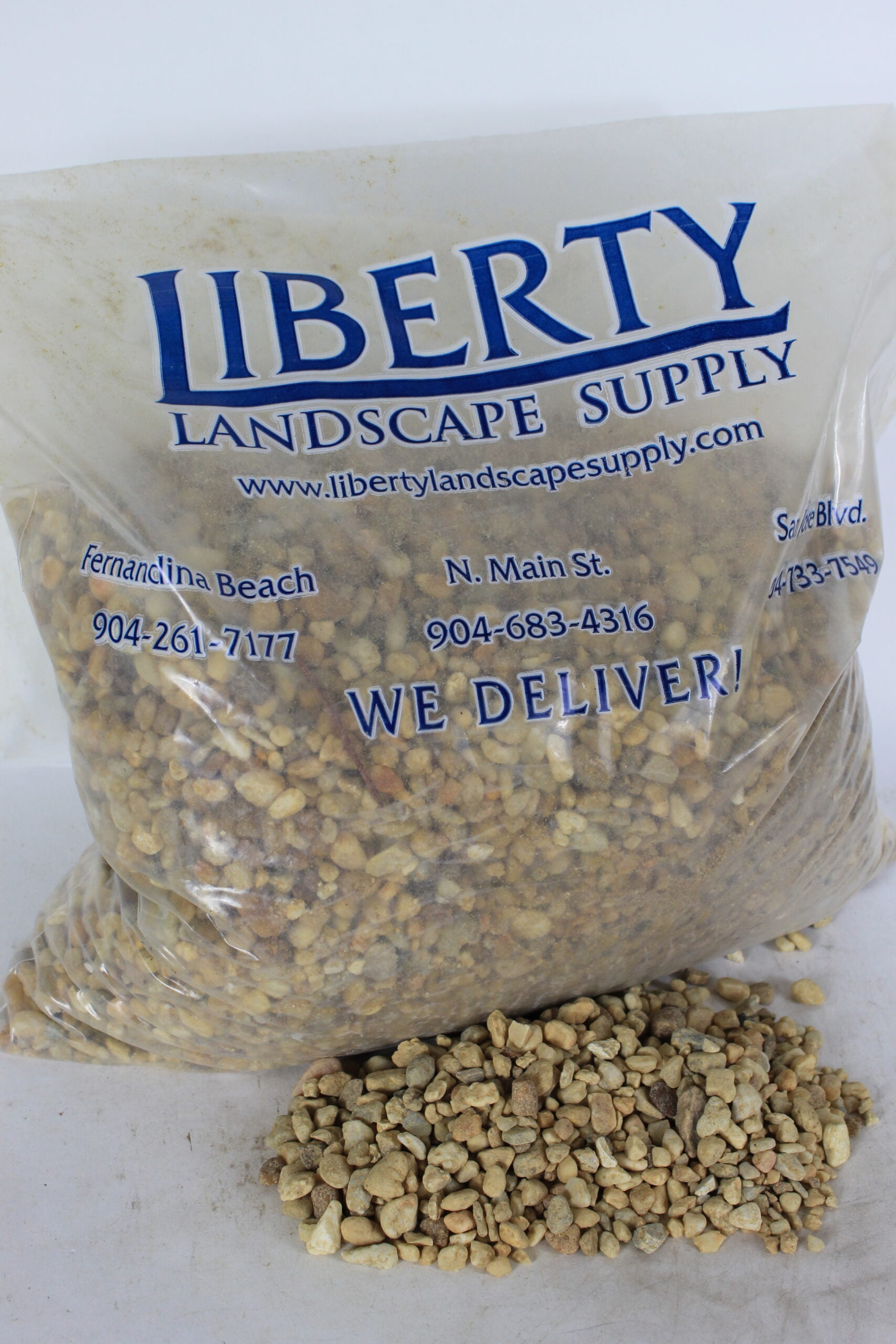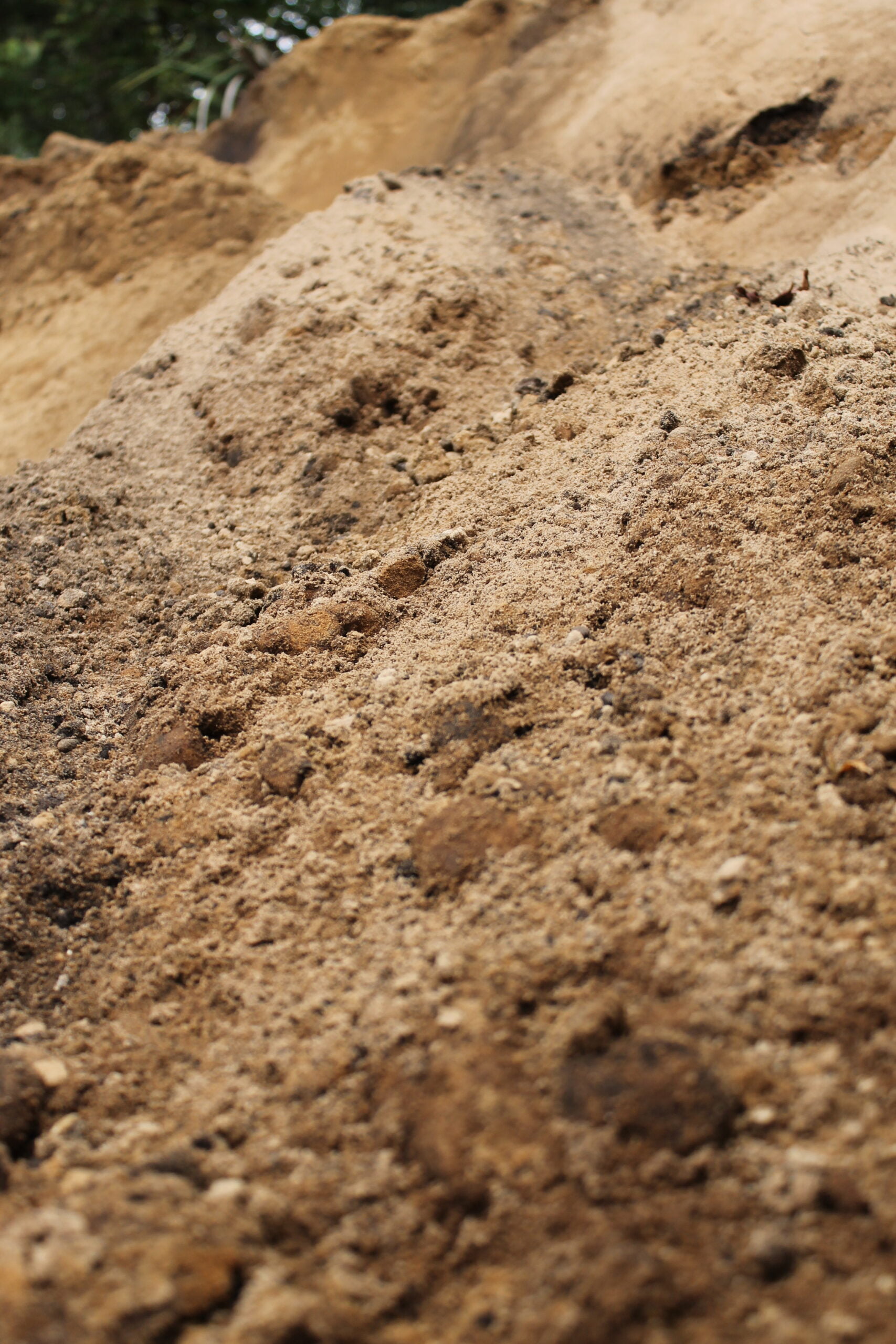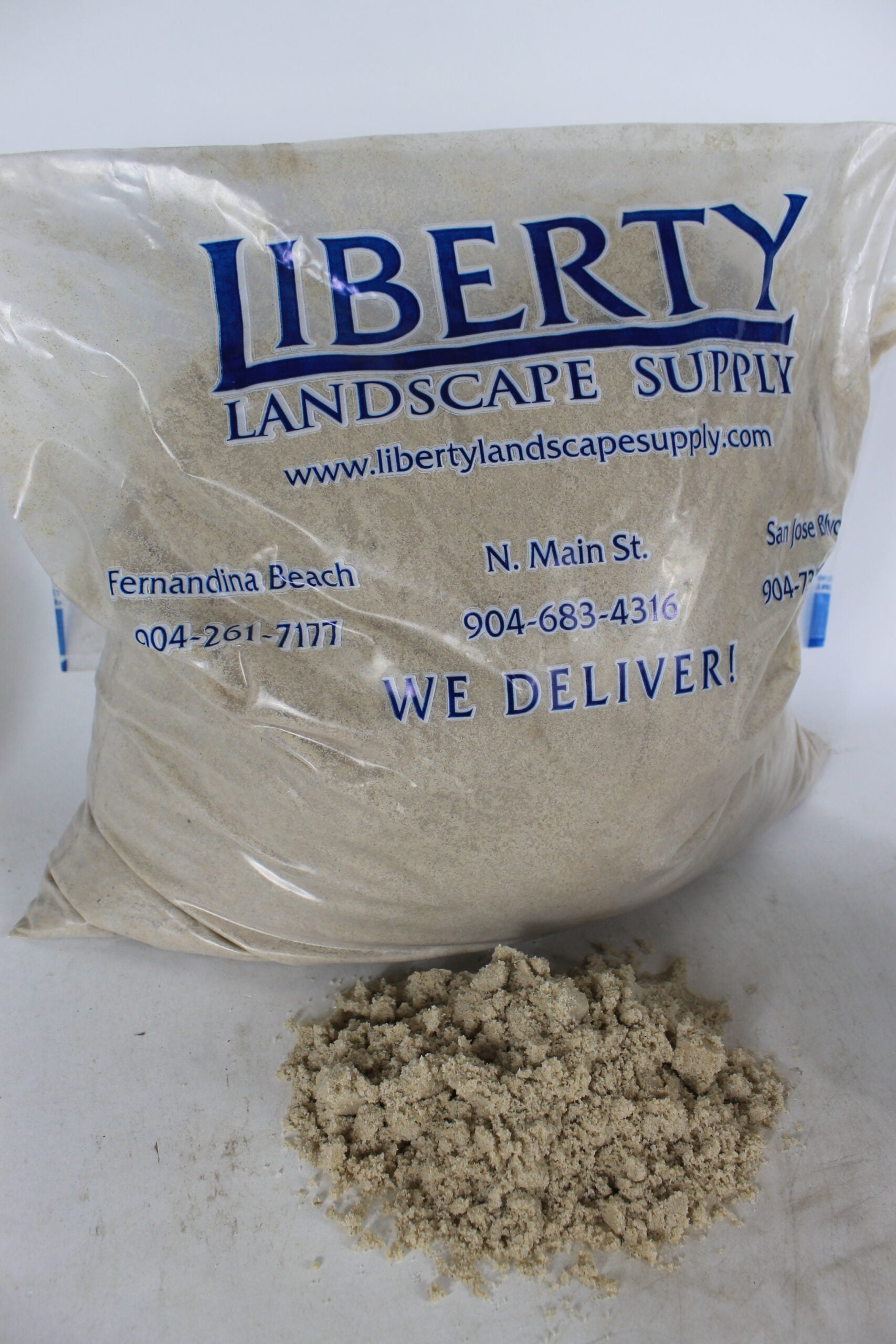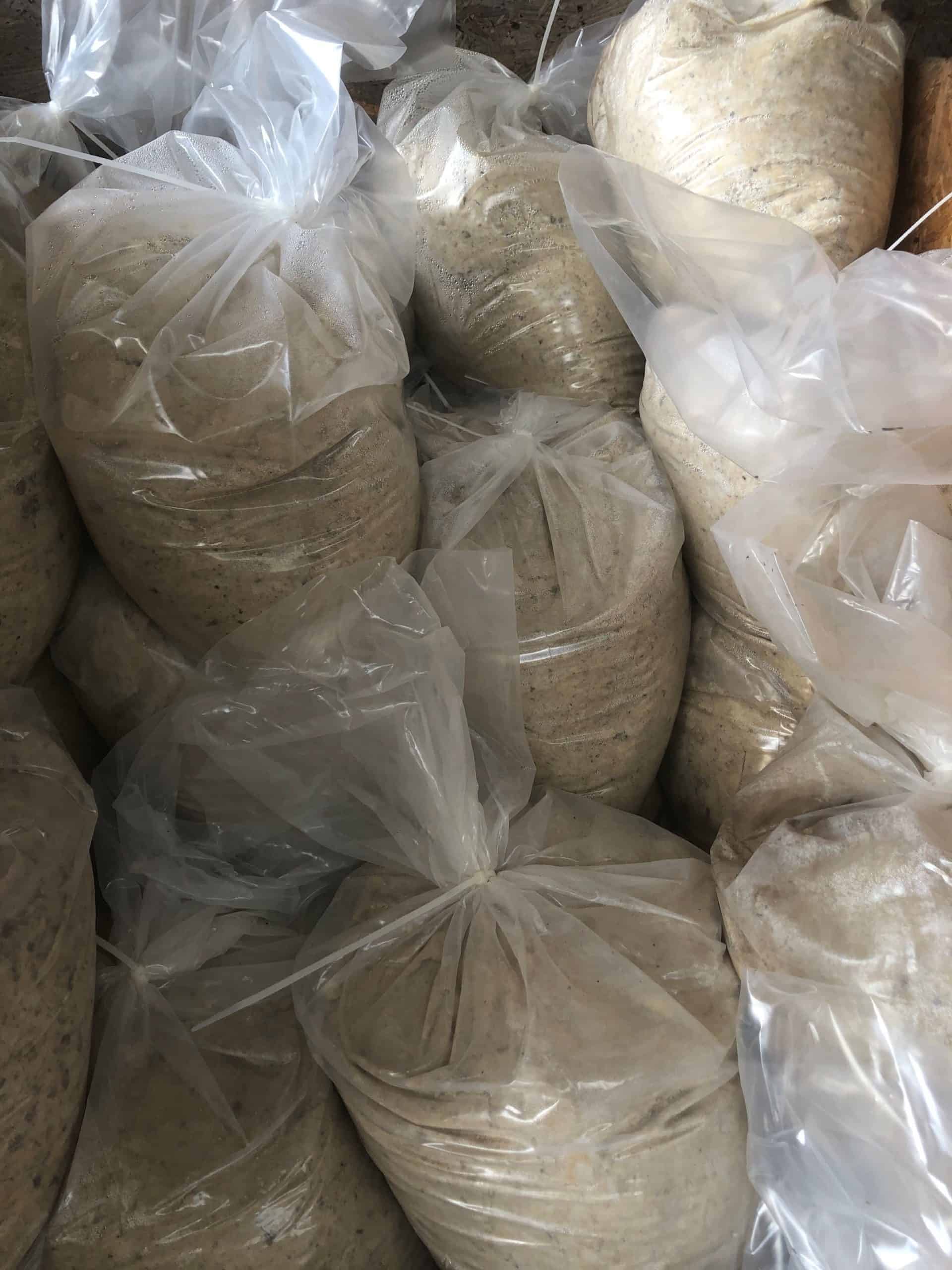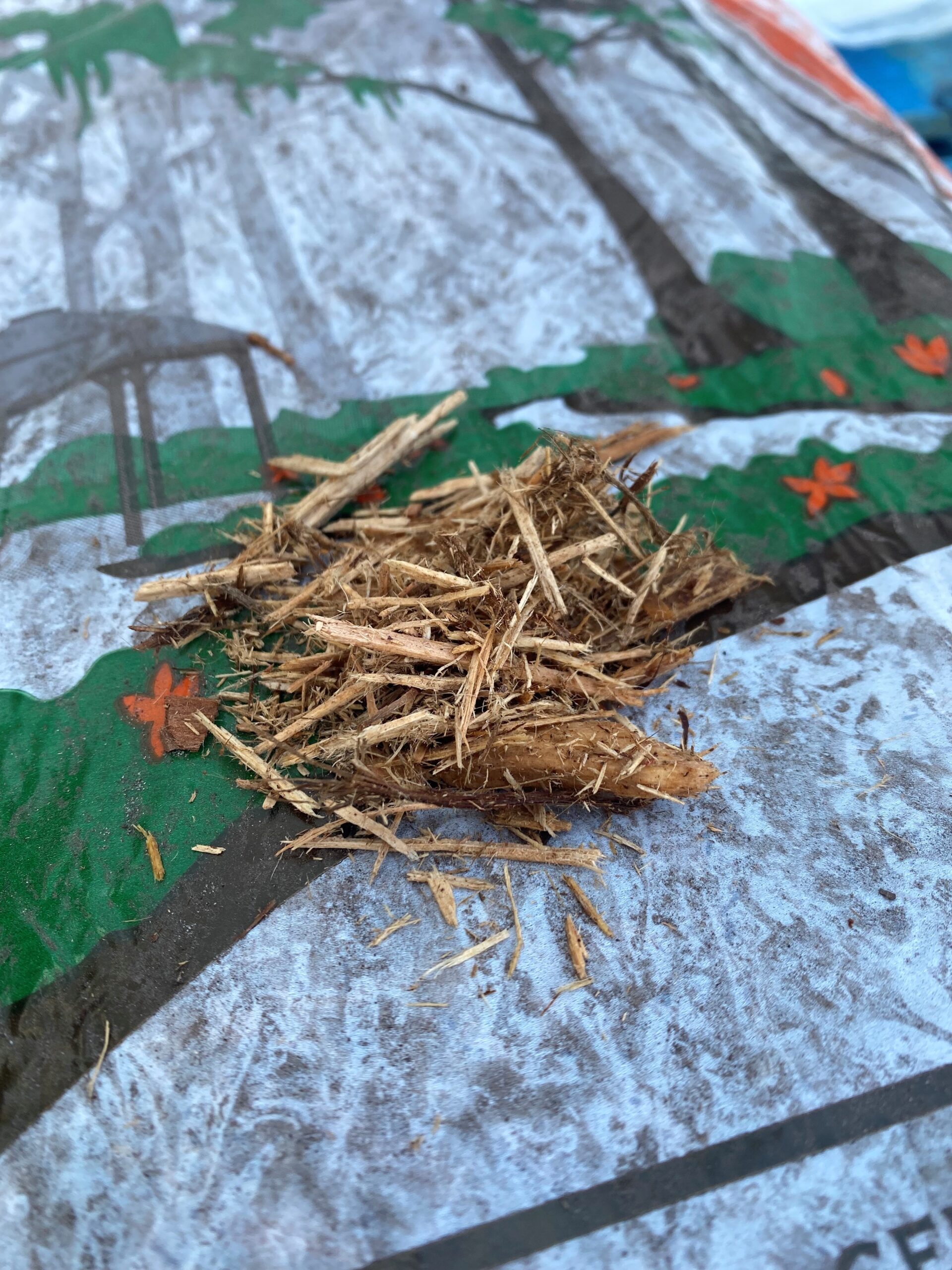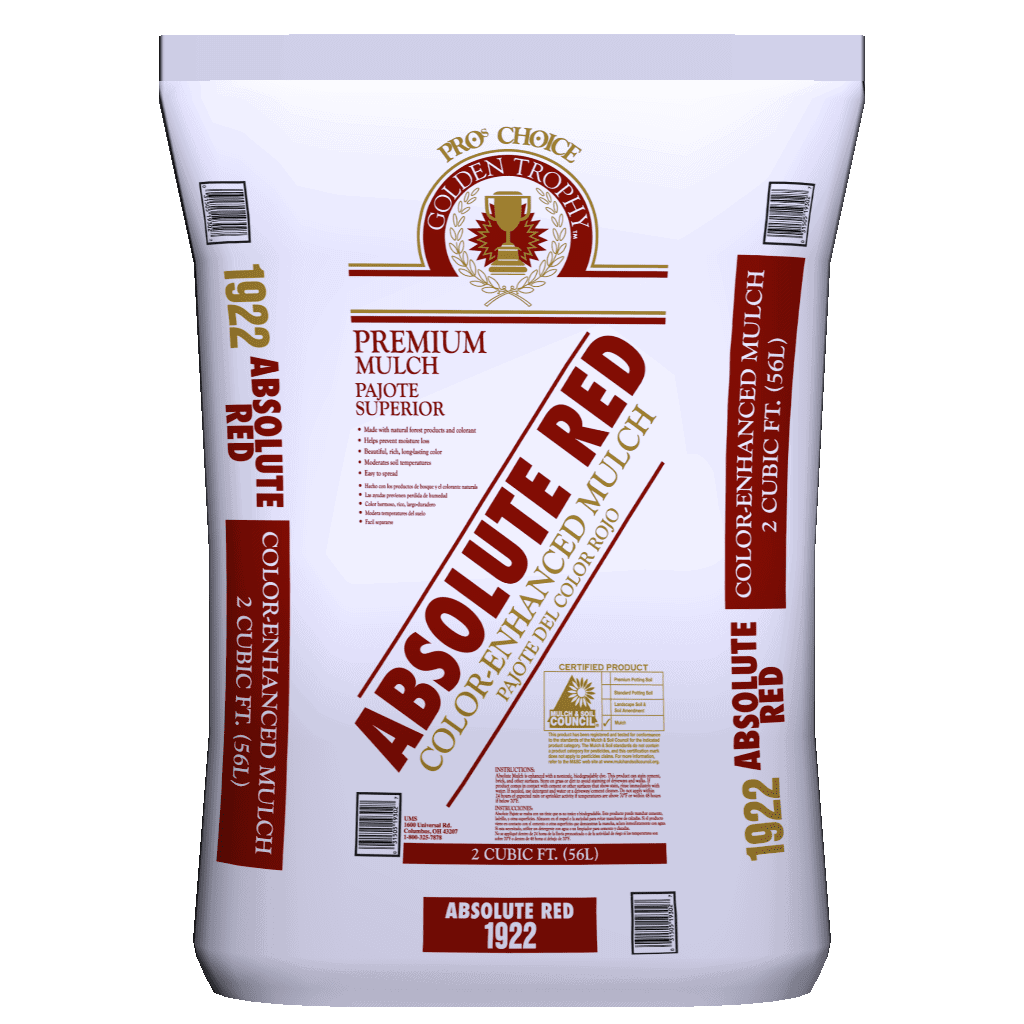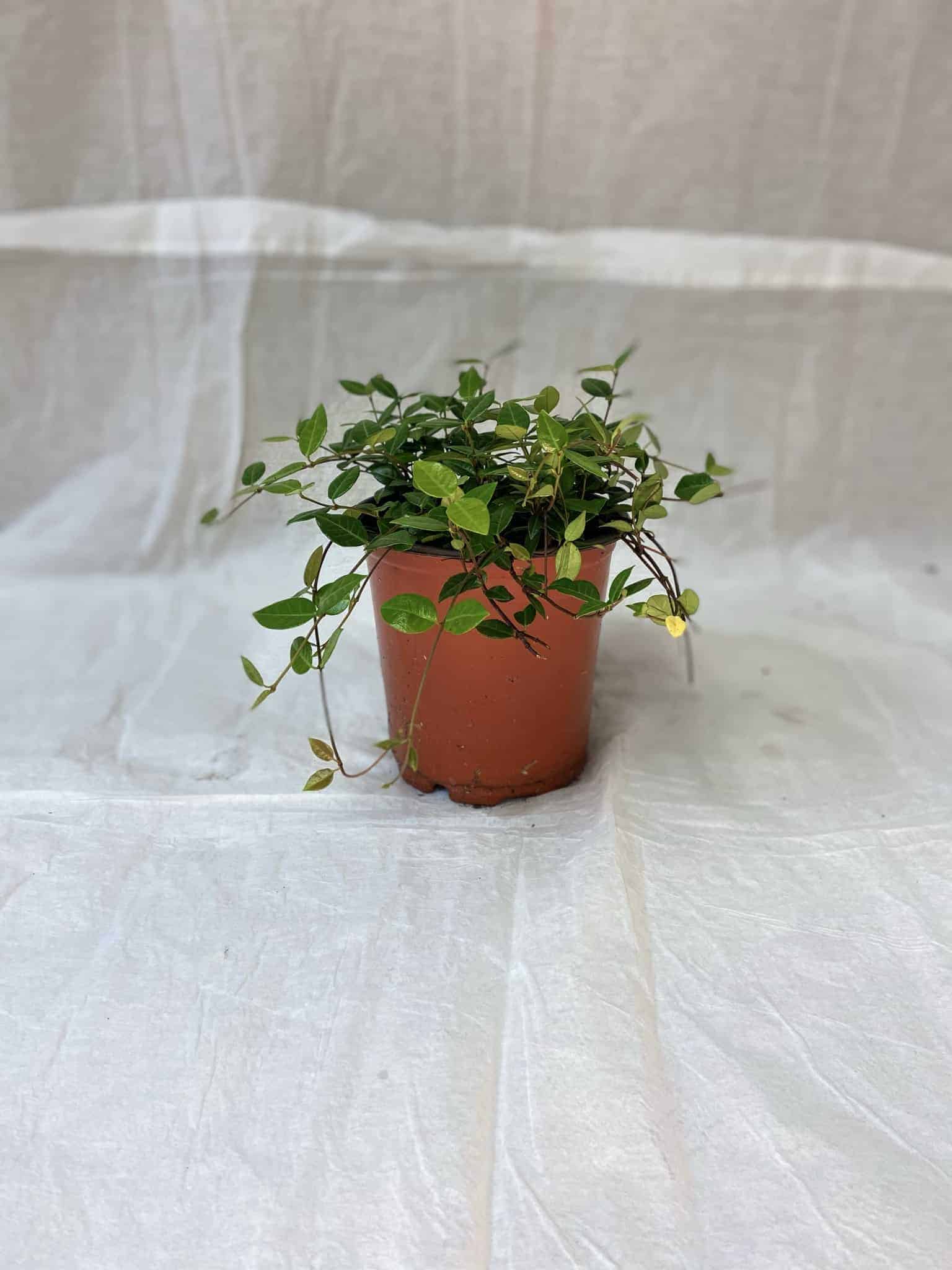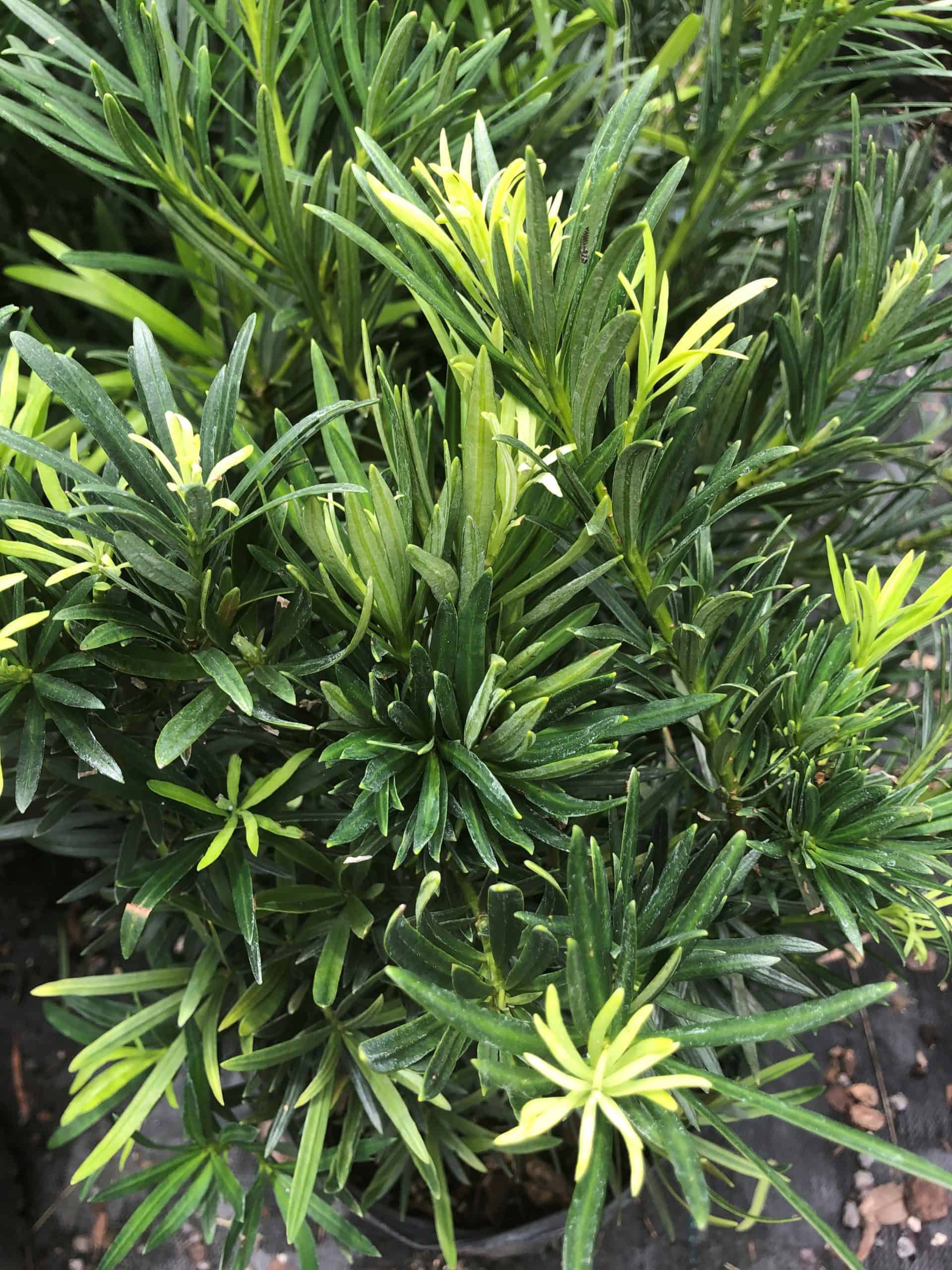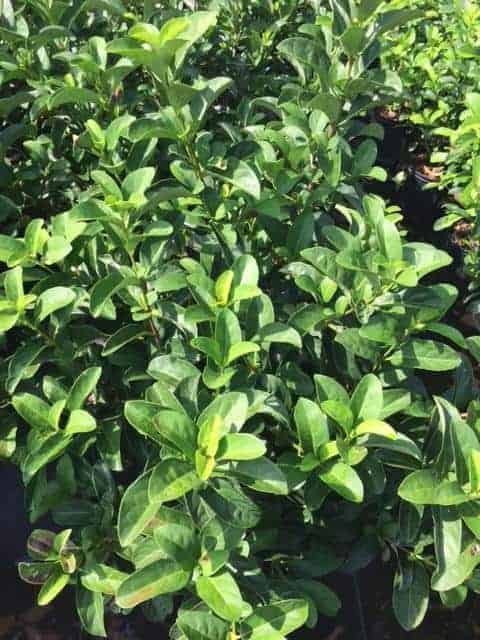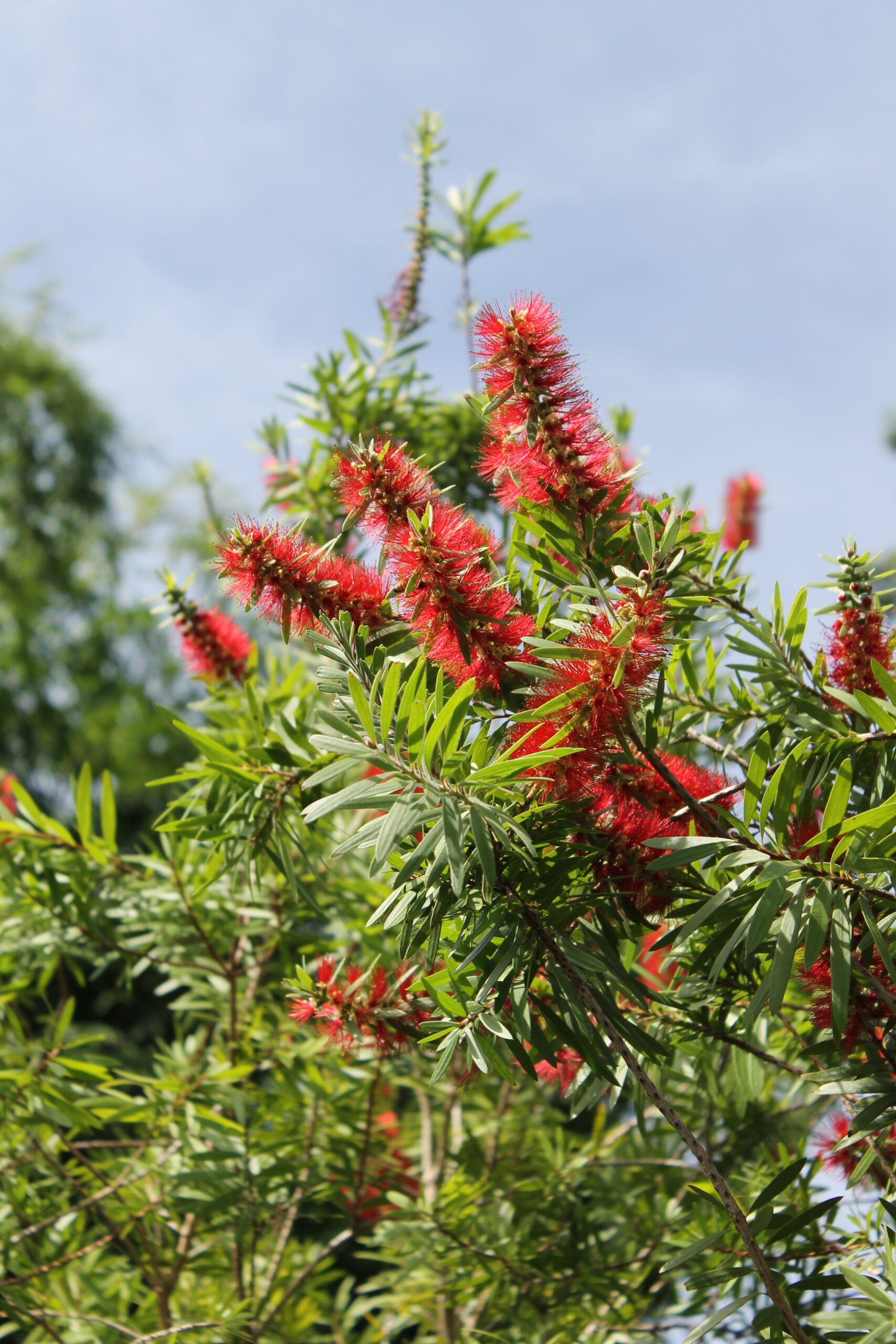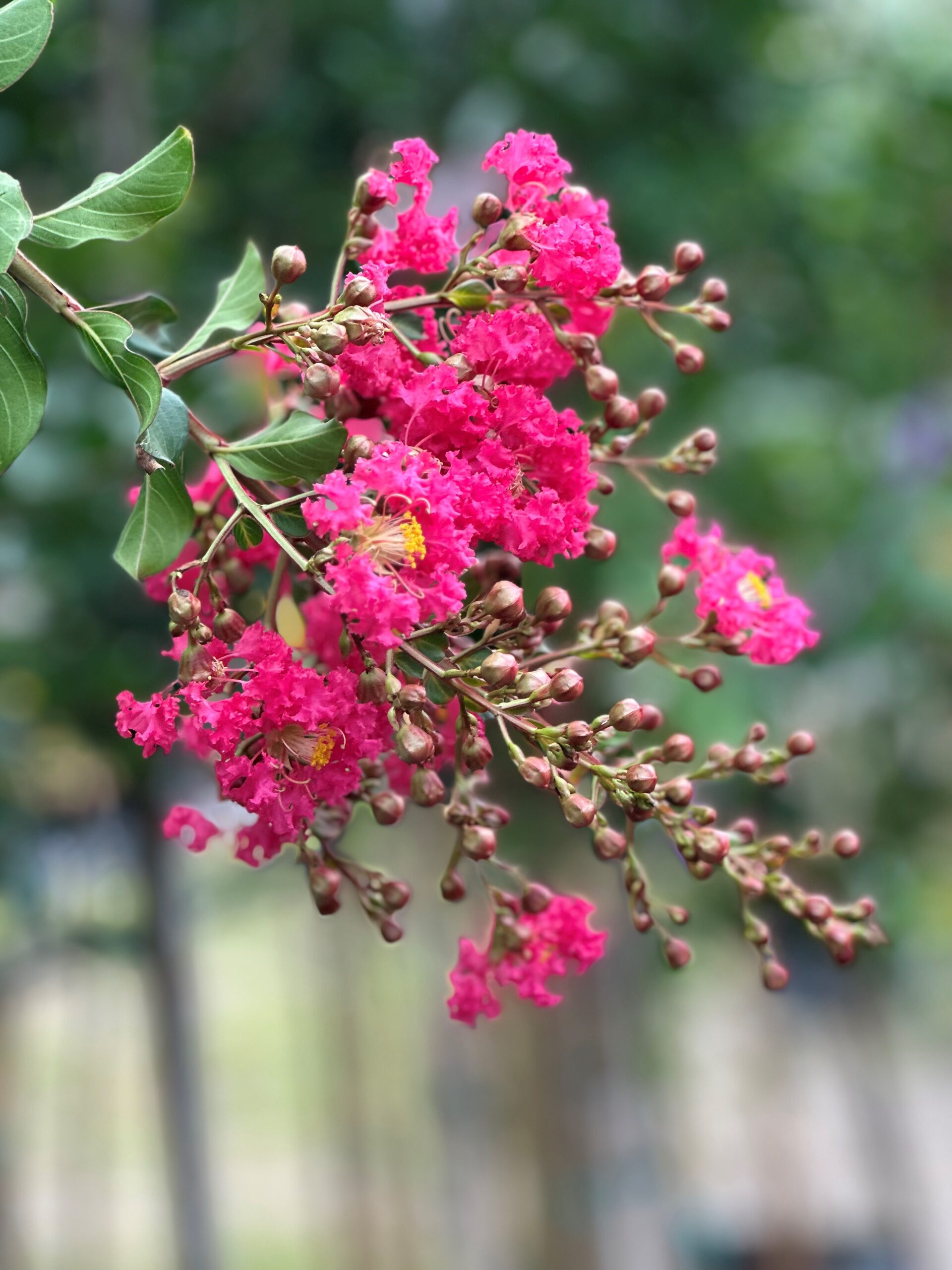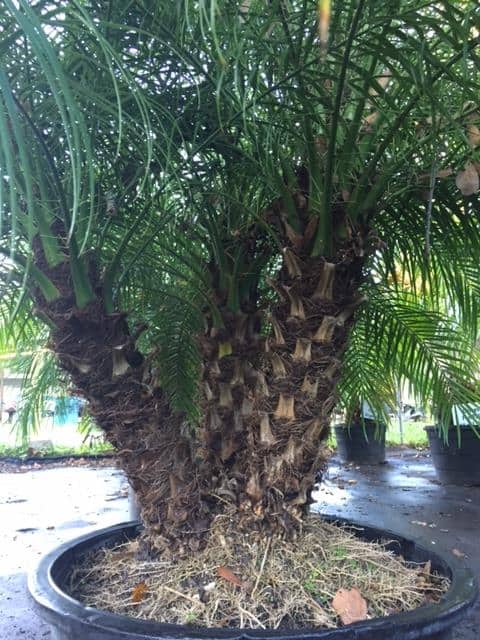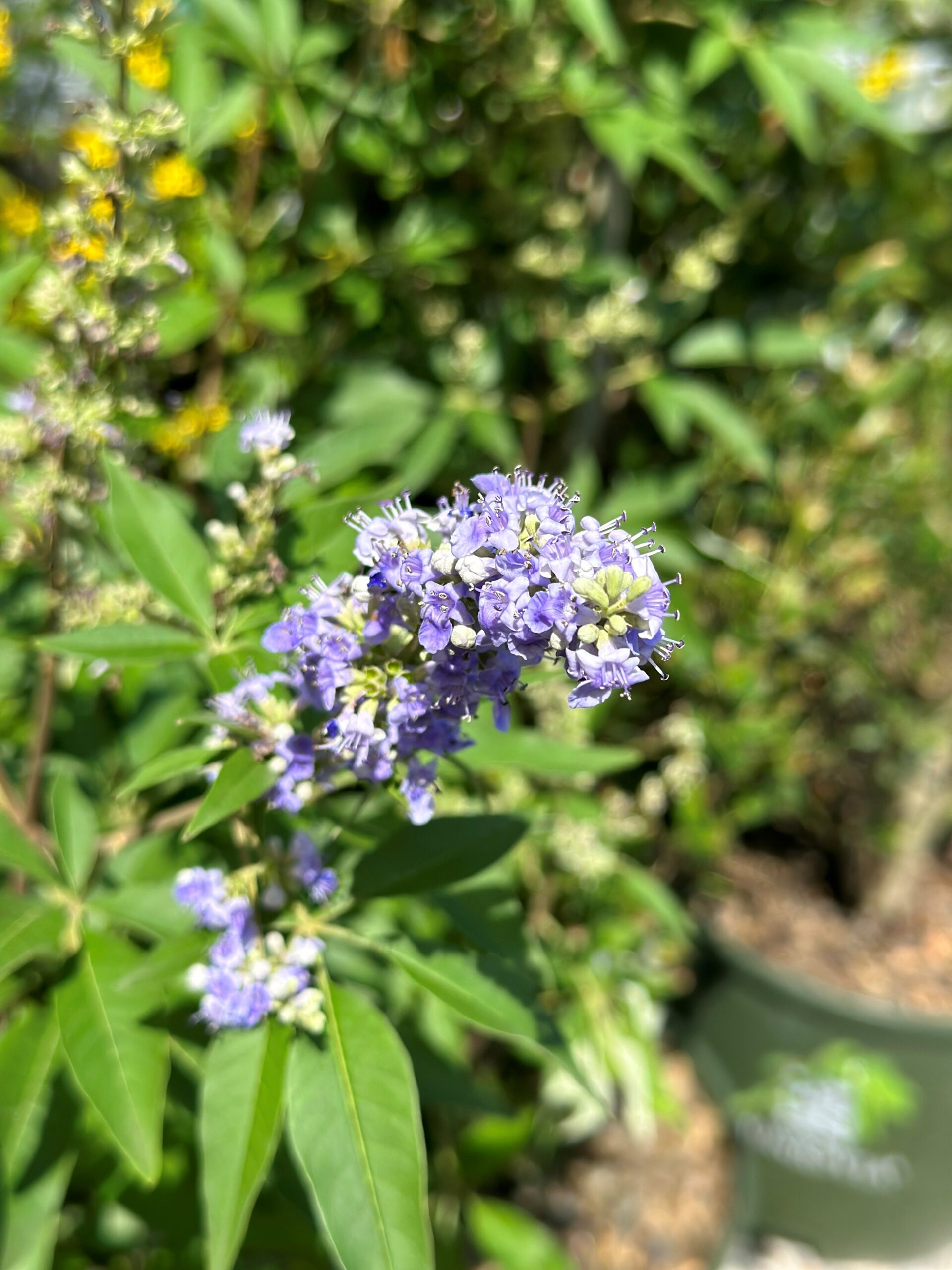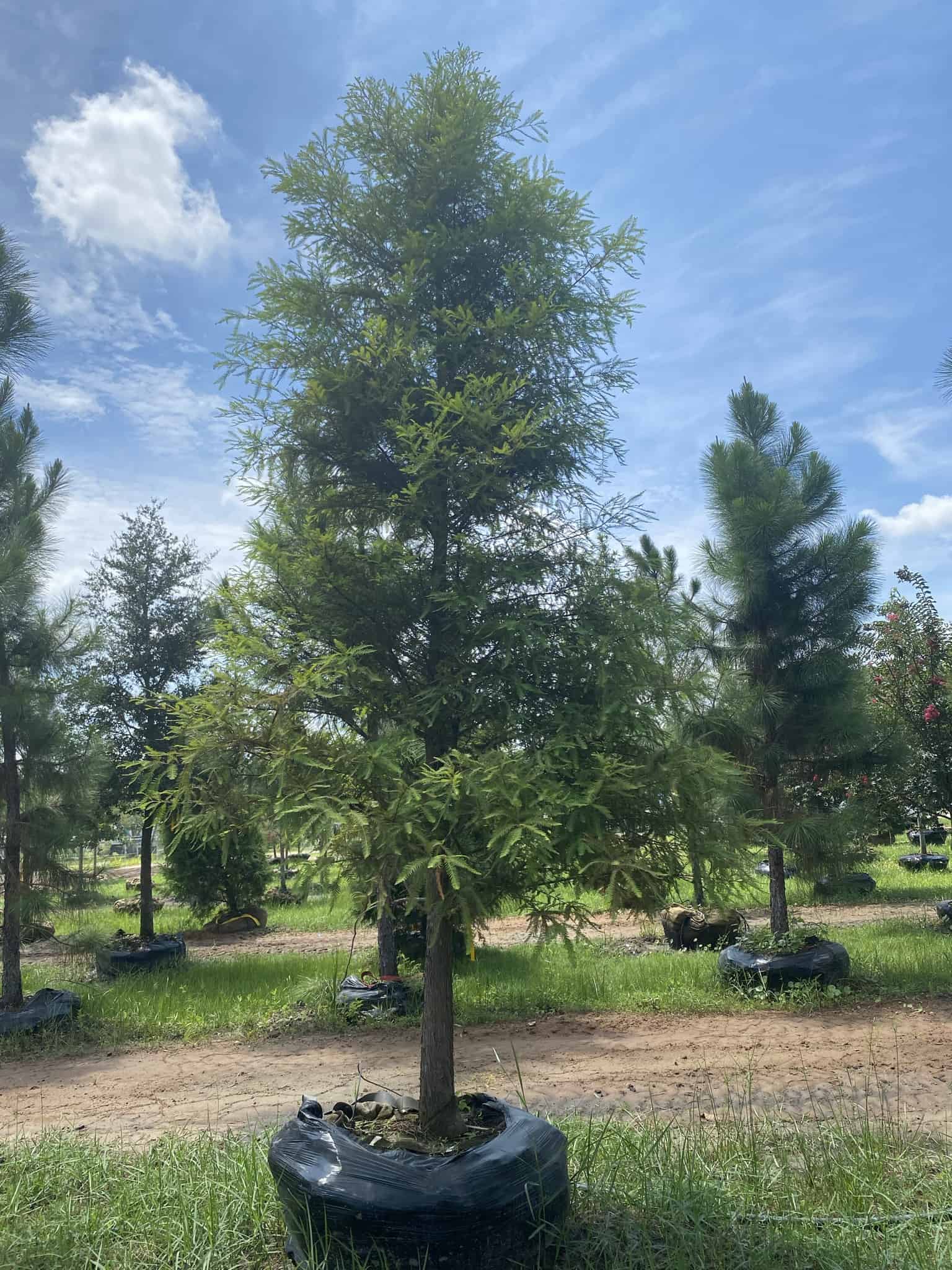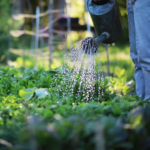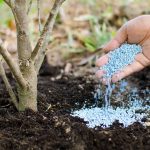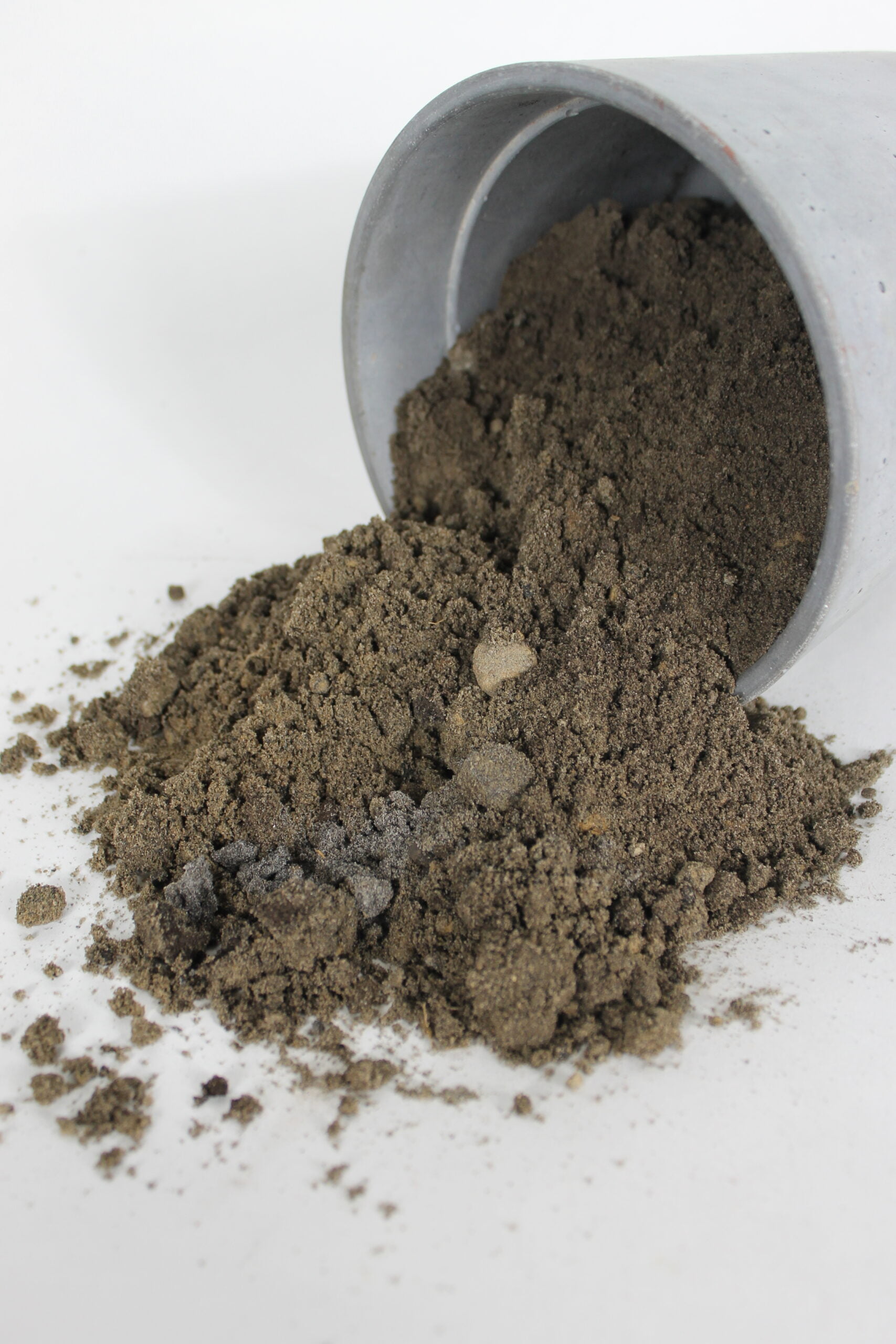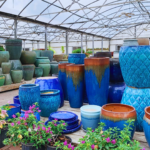Fall season planting has numerous benefits. Trasnpiration (the process of moisture flowing through plants, into the leaves, where it there changes into vapor and released into the atmosphere) is low which means less water is required than if the tree were planted in the spring or summer, and root generation is high. Temperatures are typically cooler, which means potentially less heat tress on new plantings. When the air is cooler than soil, new root growth is encouraged rather than new top growth. An established root system will result in a hardier tree and will assist in the spring-time growing season.
1. Select your trees and shrubs. – Some trees that do well include Sylvester Date Palms, Red Maple, Live Oak, Washingtonia Palm, Pindo Palm, Crape Myrtle, & more!
2. Plant with adequate spacing. – You want to make sure you space out your plant and trees accordingly. Research or ask our sales associate the mature height of the material you’re interested in. You don’t want trees growing into your house or plants growing into one another giving you a messy look.
3. Start digging! – Create a hole double the size of the root ball. This will give the roots nice loose soil to spread through. Make sure that the root ball’s soil line is slightly higher than the ground. Planting too deep creates numerous problems for the material.
4. A nutritious start. – A lot of times the soil is adequate for planting, however, you can add extra nutrients to the soil by mixing in some compost or black kow into the hole’s back-fill.
5. Retain moisture. – Add some mulch or pine straw around the newly planted material to help retain moisture.
6. Provide water. – Typically you’ll want to water the new material every day for about two weeks to make sure the roots settle in and help them get established.
7. Feed. – You’ll want to wait at least 3 months after planting to fertilize your material. After the tree or shrub is established, we fertilize every March, June, and September.
8. Enjoy! 🙂
Tree too big for you to plant? No problem, we will deliver and install!

